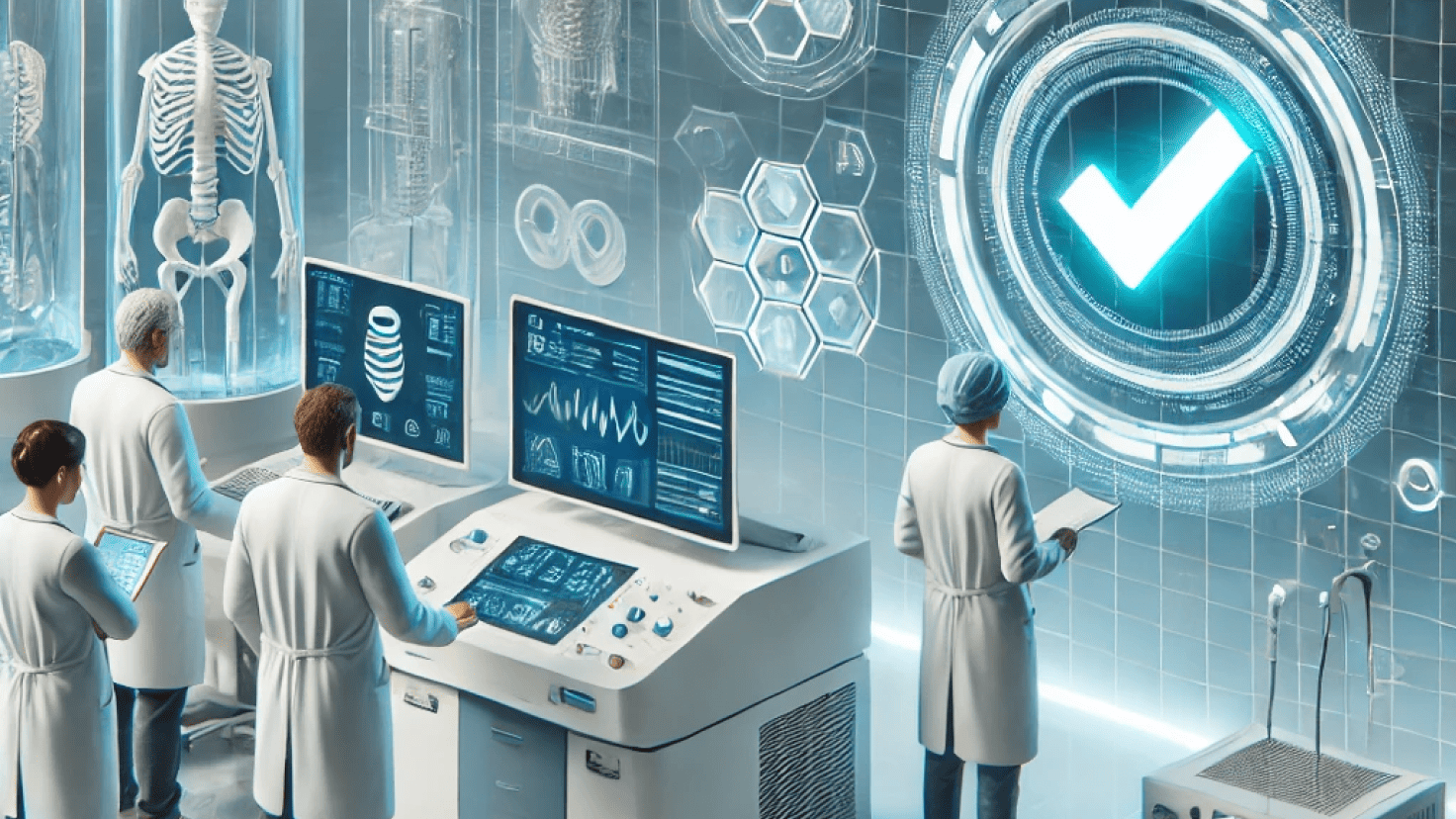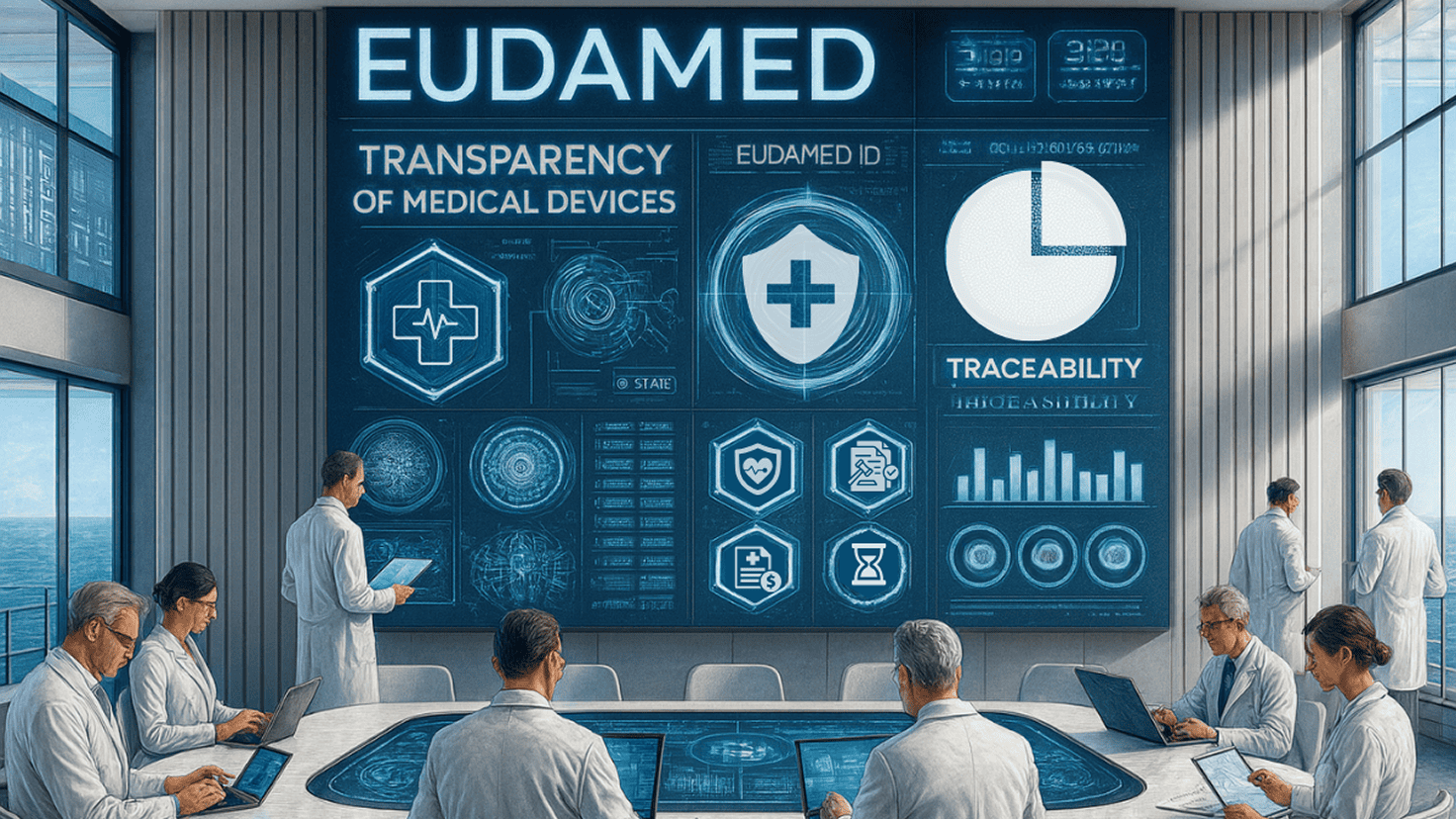Regulatory Agency
The European Commission is responsible for regulating medical devices in Europe.
What is a Medical Device?
A medical device means any instrument, apparatus, appliance, software, implant, reagent, material or other article intended by the manufacturer to be used, alone or in combination, for human beings for one or more of the following specific medical purposes:
- diagnosis, prevention, monitoring, prediction, prognosis, treatment, or alleviation of disease,
- diagnosis, monitoring, treatments, alleviation of, or compensation for , an injury of disability,
- the investigation, replacement or modification of the anatomy or of a physiological or pathological process or state,
- providing information by means of in vitro examination of specimens derived from the human body, including organ, blood and tissue donations and which does not achieve its principal intended action by pharmacological, immunological, or metabolic means, in or on the human body, but which may be assisted in its function by such means.
Accessory for a medical device means an article which, whilst not being itself a medical device, is intended by its manufacturer to be used together with one or several particular medical device(s) to specifically enable the medical device(s) to be used in accordance with its/their intended purpose(s) or to specifically and directly assist the medical functionality of the medical device(s) in terms of its/their intended purpose(s);
Active Device:
An active device means any device, the operation of which, whilst not being itself a medial device, is intended by its manufacturer to be used together with one or several particular medial device(s) to specifically enable the medical device(s) to be used in accordance with its/their intended purpose(s) or to specifically and directly assist the medical functionality of the medical devices(s) in terms of its/their intended purpose(s);
Implantable device:
An implantable device means any device, including those that are partially or wholly absorbed, which is intended:
- to be totally introduced into the human body, or
- to replace an epithelial surface or the surface of the eye,
by clinical intervention and which is intended to remain in place after the procedure.
Any device intended to be partially introduced into the human body by clinical intervention and intended to remain in place after the procedure for at least 30 days shall also be deemed to be an implantable device.
Invasive device:
An invasive device means any device which, in whole or in part, penetrates inside the body, either through a body orifice or through the surface of the body.
Generic device group:
A generic device group is a set of devices having the same or similar intended purposes or commonality of technology allowing them to be classified in a generic manner not reflecting specific characteristics.
Single-use device:
A single use device is defined as a device that is intended to be used on one individual during a single procedure.
Falsified device:
A falsified device is defined as any device with a false presentation of its identity and/or its source and/or its CE marking certificates or documents relating to CE marking procedures. This definition does not include unintentional non-compliance and is without prejudice to infringements of intellectual property rights.
EU Medical Device Regulations Classification System
| International Classification | Risk Level | Examples |
|---|---|---|
| Class Im (Measuring) | Low risk | Wheelchairs, stethoscopes, Spectacles |
| Class Is (Sterile) | ||
| Class Ir (Reusable surgical) | ||
| Class IIa | Medium risk | Dental fillings, Surgical Clams, Tracheotomy tubes |
| Class IIb | Medium/High risk | Lung ventilators, Bone fixation plate, Condoms |
| Class III | High risk | Pacemakers, Heart valves, Implanted cerebral, simulators |
EU Regulatory Approval Process
Classification |
Approval procedure |
|---|---|
Class I
Class IIa
Class IIb
Class III |
|
Additional Information
Approval timeline |
N/A |
License validity period |
5 Years |
Need more Information?
Start Simplifying Regulatory Management and Accelerating Your Approvals
Discover how RegDesk RIMS can transform your regulatory information management.
In your personalized demo, you’ll see:
- How to centralize and streamline your regulatory processes.
- Tools that simplify submissions and ensure long term compliance.
- Real-world results from companies using RegDesk RIMS to bring products to market faster.









